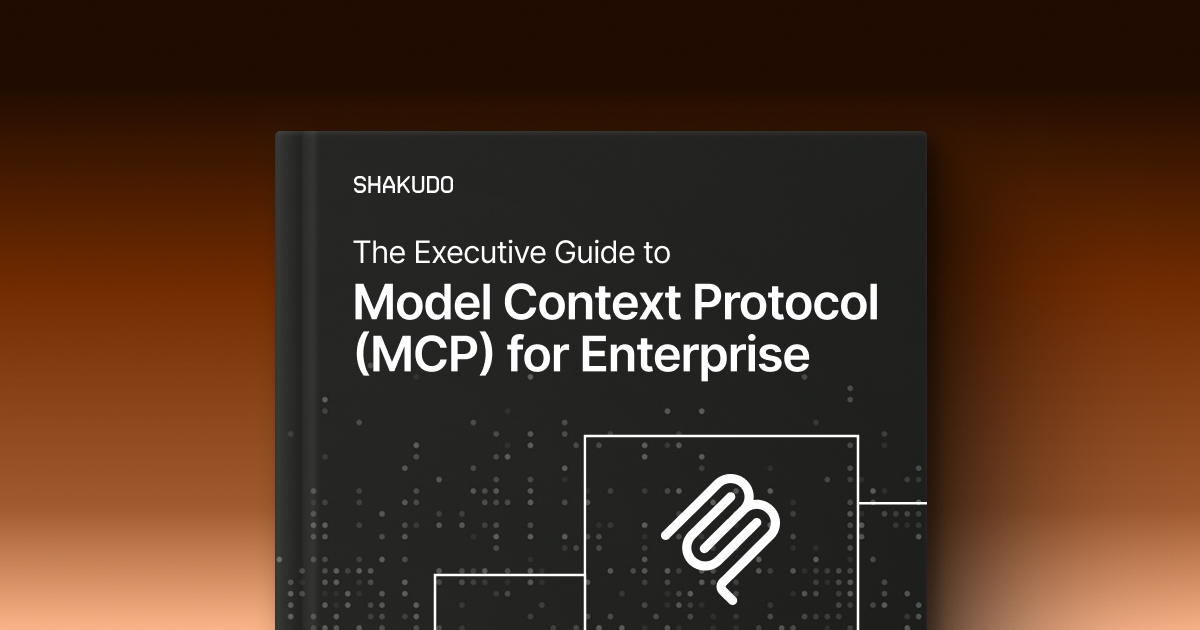

Despite massive AI investment, 70-95% of projects fail to launch due to the "integration bottleneck." The new Model Context Protocol (MCP) offers a universal translator to solve this, but adopting the protocol is not enough. To succeed, enterprises need a strategic operating model. This whitepaper provides a roadmap for moving from fragile demos to production-grade AI by focusing on how you implement MCP. Learn how to:
This guide details the architectural framework required to turn the promise of MCP into a durable competitive advantage.

Despite massive AI investment, 70-95% of projects fail to launch due to the "integration bottleneck." The new Model Context Protocol (MCP) offers a universal translator to solve this, but adopting the protocol is not enough. To succeed, enterprises need a strategic operating model. This whitepaper provides a roadmap for moving from fragile demos to production-grade AI by focusing on how you implement MCP. Learn how to:
This guide details the architectural framework required to turn the promise of MCP into a durable competitive advantage.
Despite massive AI investment, 70-95% of projects fail to launch due to the "integration bottleneck." The new Model Context Protocol (MCP) offers a universal translator to solve this, but adopting the protocol is not enough. To succeed, enterprises need a strategic operating model. This whitepaper provides a roadmap for moving from fragile demos to production-grade AI by focusing on how you implement MCP. Learn how to:
This guide details the architectural framework required to turn the promise of MCP into a durable competitive advantage.